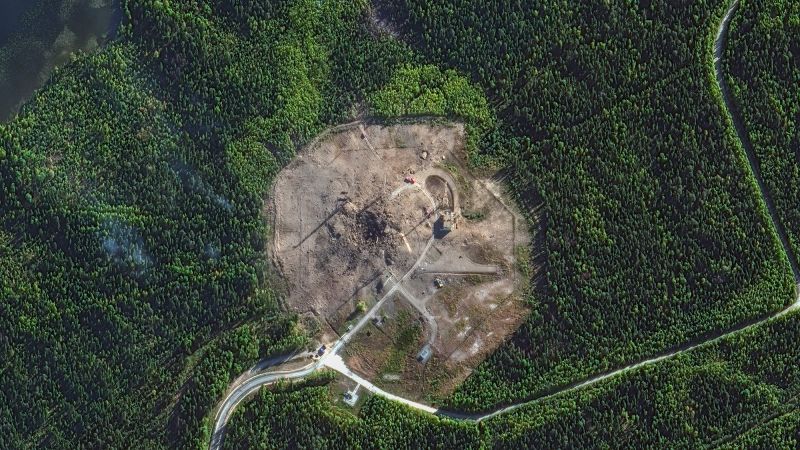Often in the high-stakes world of modern warfare, it is unseen setbacks that shape the vying for dominance amongst nations. Powerful imagery emerging from Russia has recently led independent researchers to believe that the much-dreaded Sarmat missile has suffered a significant test failure. The Sarmat missile, often referred to as “Satan 2,” is a super-heavy intercontinental ballistic missile (ICBM) that Russia has been proudly exercising as a massive leap in its arms sector.
The visual evidence, corroborated by diligent researchers, points at some major malfunctions during a test. The Sarmat missile is the latest development in Russia’s bid to stay at the forefront of nuclear weapons technology. This presumed mishap is seen as a considerable blow to Russia’s extensive military modernization plans.
The Sarmat missile, codenamed Satan 2 by NATO, is purported to replace the older Voevoda, the world’s heaviest ICBM. It carries an enormous payload and demonstrates a remarkable range. Capable of housing up to 15 nuclear warheads and possessing a reported range of over 18,000 kilometers, the Sarmat stands as a potential fortress-crusher. Moreover, with the ability to circumnavigate the globe, there’s essentially no point on Earth that lies outside the Sarmat’s reach.
Such colossal power is not attained without its fair share of complications and frustrations. Throughout the testing phase, the Sarmat has faced major difficulties, which have potentially slowed its deployment. The images speak a drastic narrative of a significant incendiary malfunction during one of the testing trials. The researchers speculate that either an engine failure or an unsuccessful stage separation could have propelled the missile into a mid-air explosion.
Engine failure could indicate major deficiencies in the design or manufacturing process of the missile. An unsuccessful stage separation scenario, on the other hand, could imply that the missile could not sustain the high pressures associated with such an enormous object accelerating through the Earth’s atmosphere.
Researchers have observed what appears to be fiery debris, a tell-tale sign of a catastrophic event, likely a mid-air explosion. Such a sight, against the backdrop of otherwise nominal test flights, has raised numerous questions about the missile’s reliability and, by proxy, Russia’s capabilities to maintain an edge in their nuclear arsenal.
The implications of this supposed failure are not only robust on a technical level but also indicate broader geopolitical repercussions. The Sarmat had been hailed as a key upper hand in Russia’s military might over its global contenders, particularly the United States. Given the renewed tension between Washington and Moscow, this revelation can potentially shape strategies and negotiations on both sides.
Ramifications extend to potential concerns over the safety and threat to humans and the environment arising from such nuclear misfires. A nuclear catastrophe could lead to catastrophic damage to populated areas or vital ecosystems. This adds another layer of importance to adequate testing and reliable operation of these highly destructive weapons.
In the already high-strung world of military advancement, the alleged failure of the Sarmat missile test signifies a major turn of events. The rigorous scrutiny and speculation from independent researchers have shared light on the potential loopholes in the missile’s overall design and performance. Despite these setbacks, understanding these failures is a crucial aspect of development and highlights the significance of thorough and robust testing routines.
In the continuing global arms race, the Sarmat missile’s presumed failure serves as a stark reminder of the dire potentialities attached to such immense power struggles. The dynamics of power could easily tip with a single misstep, as this incident vividly portrays, bringing forth new challenges and key learnings in the realm of military technology advancement.




